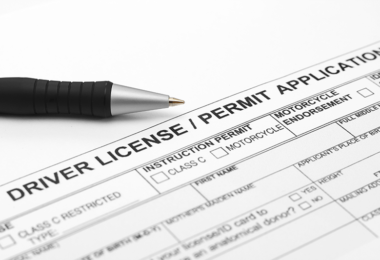Home / Modules / Components / Phase 1 driver education / Implementation activities
Implementation activities
- Estimate the annual numbers of learner and provisional licensed drivers as well as the numbers of teens who have completed driver education to better understand the size of this population.
- Collect state data on the annual numbers of total crashes, injury crashes and fatal crashes involving teen drivers with and without driver education (in those states where driver education is not a mandatory requirement). These data should be collected over a long period of time in some states because of low annual numbers. The licensing and crash data can be combined to compare rates of crashes per licensed driver for those with and without driver education.
- Determine whether there is any indication of increases in teen crashes overall as well as with and without driver education that can be used to make the case for improving driver education.
- Conduct detailed crash data analysis at the state and local levels to identify similarities and differences in crash characteristics between teen drivers who have taken or not taken driver education and to compare crash characteristics across driver education schools/districts to identify problem areas – e.g., in terms of risk factors such as alcohol/drug impairment, distraction, speeding, at night, teen passenger involvement.
- Request a NHTSA State Driver Education Assessment to gauge your program in relation to the National standards and/or seek technical assistance from ANSTSE.
- Collect survey data on the opinions of parents and teens regarding improving driver education and increasing parent involvement, and any perceived benefits (e.g., fewer crashes) and potential disadvantages (e.g., costs).
- Collect survey data on the opinions of state driver educators and safety practitioners regarding improving driver education and increasing parent involvement, and any perceived benefits (e.g., fewer crashes) and potential disadvantages (e.g., costs).
- Examine experiences from other states that have already enacted this provision or in which the provision is already under consideration. For example, have there been any problems with the supplemental parental class curriculum and driver education programs in Minnesota. Have states that have undergone the NHTSA driver education review benefited from this process to improve their driver education program in relation to the National standards.
- Consider having a parent orientation course requirement inserted as a component of the GDL system if it is not feasible for driver education to deliver the course. This has been the case in a few states – e.g., in Connecticut and Virginia.
- Ensure that efforts to improve driver education are not viewed by policymakers and legislators as a reason to discount or dismiss efforts to implement key components of GDL, which was a concern raised by some participants at the International Symposium on GDL Implementation (Mayhew et al. 2016).
- Identify funding sources to develop, implement and study new programs, such as a parent involvement program. In the absence of state and/or national public funding or insufficient funding levels to subsidize new programs, it may be possible to pursue funding from the private sector in a cost-sharing initiative in support of teen driver safety.





